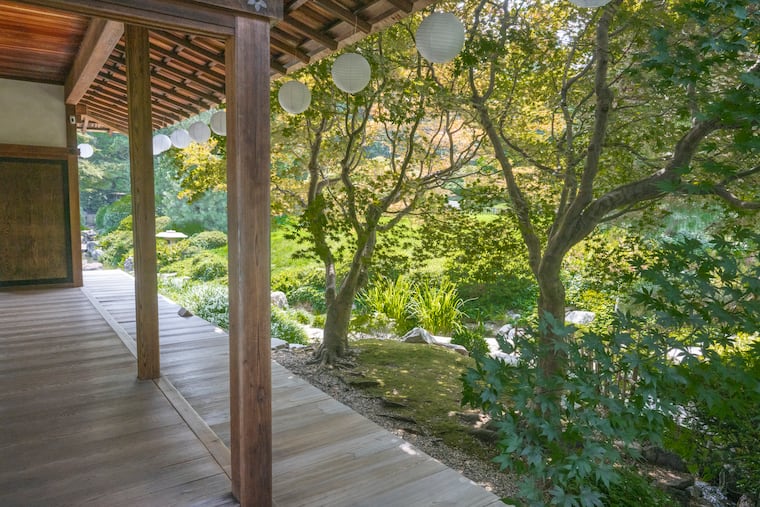Searching for peace and quiet, near and far, in Pennsylvania
A handful of locations have been nominated as Quiet Parks in Pennsylvania, everywhere from Fairmount Park to vast forests out west.

A handful of locations have been nominated as Quiet Parks in Pennsylvania, everywhere from Fairmount Park to vast forests out west.
